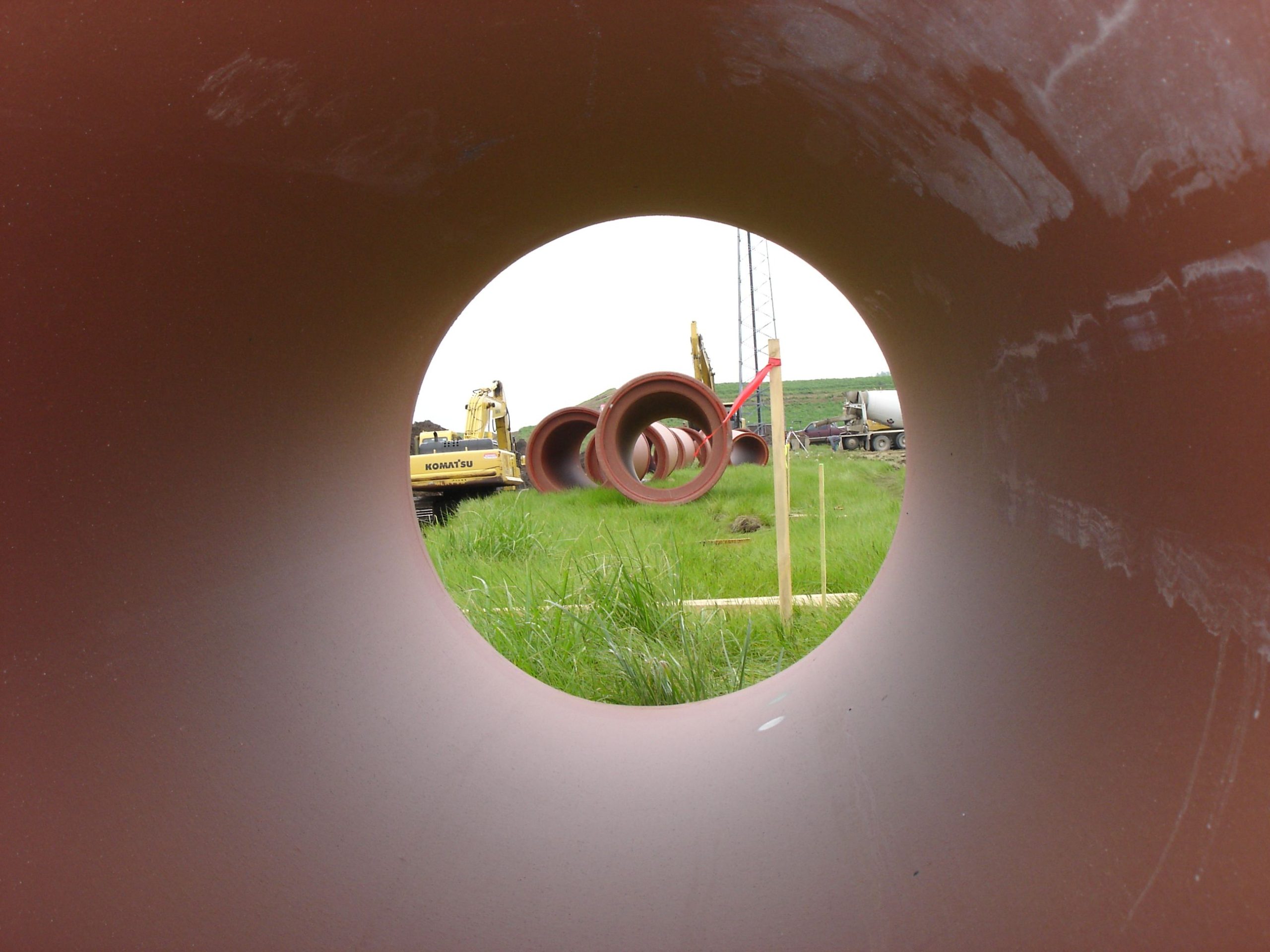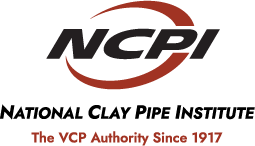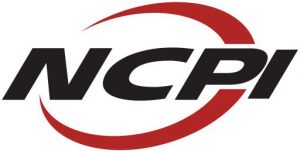Why is VCP better for the environment?
What are the lifecycle impacts of specifying VCP?
Over the life of a clay pipe (from cradle to grave), VCP is unmatched for several reasons.
Raw Materials. The clay, shale, and water used to make vitrified clay pipe are naturally occurring, locally sourced, making VCP vastly preferable to any product manufactured from petroleum products. See our Health Product Declaration (HPD) for transparent documentation of this claim.
Service Life. VCP is a ceramic. It does not change, deform, or otherwise degrade over time. Once a pipeline is properly installed, if it is properly maintained, it can service a community indefinitely, with several documented pipelines in the U.S. at over 150 years of age. Click here to see a partial list. [200 year table]
Environmentally Responsible Maintenance. Cleaning a pipeline regularly is critical to the long-term performance of the line. The tools and methods available for cleaning VCP include the option for mechanical cleaning (saving water) or higher jetting pressures (which can save time for cleaning crews).
Greater Resiliency in Floods & Fires. As floods and fires become more common, all infrastructure must protect ratepayers from failures. In fires, VCP is already fired at approximately 2000°F. It can withstand the temperatures expected in forest and underground fires (normally less than 1500°F). In floods, having a rigid pipe in the ground protects a system from failures.
Financial Impacts. The long lifecycle of VCP means there will be no need to replace the pipeline in 35 – 50 years. Building a permanent asset for the community makes VCP a socially and economically responsible choice. Review this Leastcost example (from the NCPI toolbox) for a financial analysis of the options.
What is the difference between an EPD (Environmental Product Declaration) and HPD (Health Product Declaration)?
An HPD includes considerations for human health and potential health hazards. An EPD does not.
An EPD is focused on the product’s environmental impact throughout its lifecycle. An HPD focuses on the ingredients (and their associated health risks) of a product. An HPD also highlights potential chemical hazards within the material composition.
What is the Carbon Footprint of VCP?
The calculation of carbon footprints is based on weight. Even with that constraint, the Carbon Footprint of VCP is consistently one of the lowest when including embodied energy and CO2.
For more information about how these values were derived, see Hammond & Jones, 2011.
How Does VCP Contribute to Envision?
VCP was an early leader in sustainability, as the first buried infrastructure product independently certified under a third party audited system. Download the Summary or Scorecard for more information about this certification.
Within the Resource Allocation section of Envision; VCP will provide credits within sections RA1.1 Embodied Energy and RA1.2 Certified Sustainable materials.

For information about purchasing pipe, please contact one of our member companies.
For complete technical information, download our Manual or one of our Handbooks.
*Qualifies for PDH Credits




